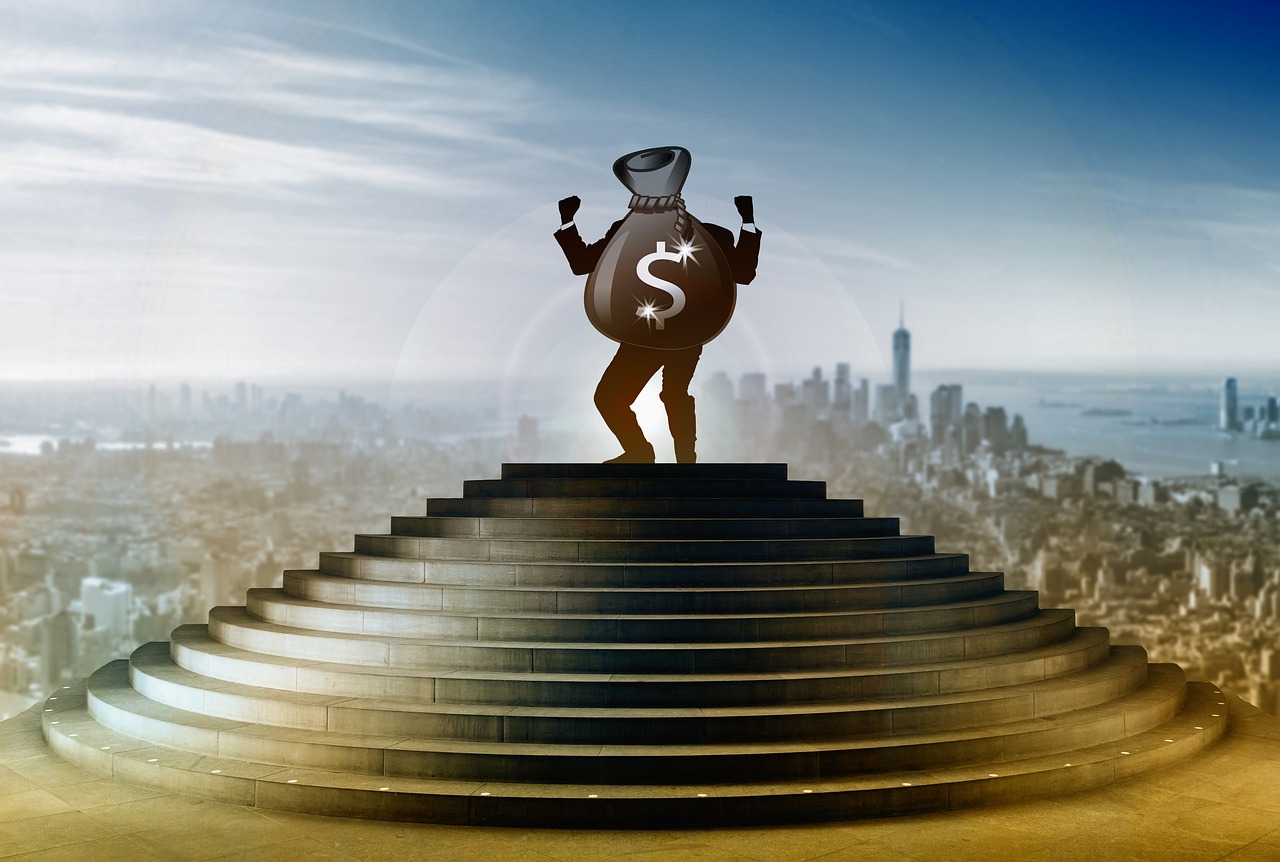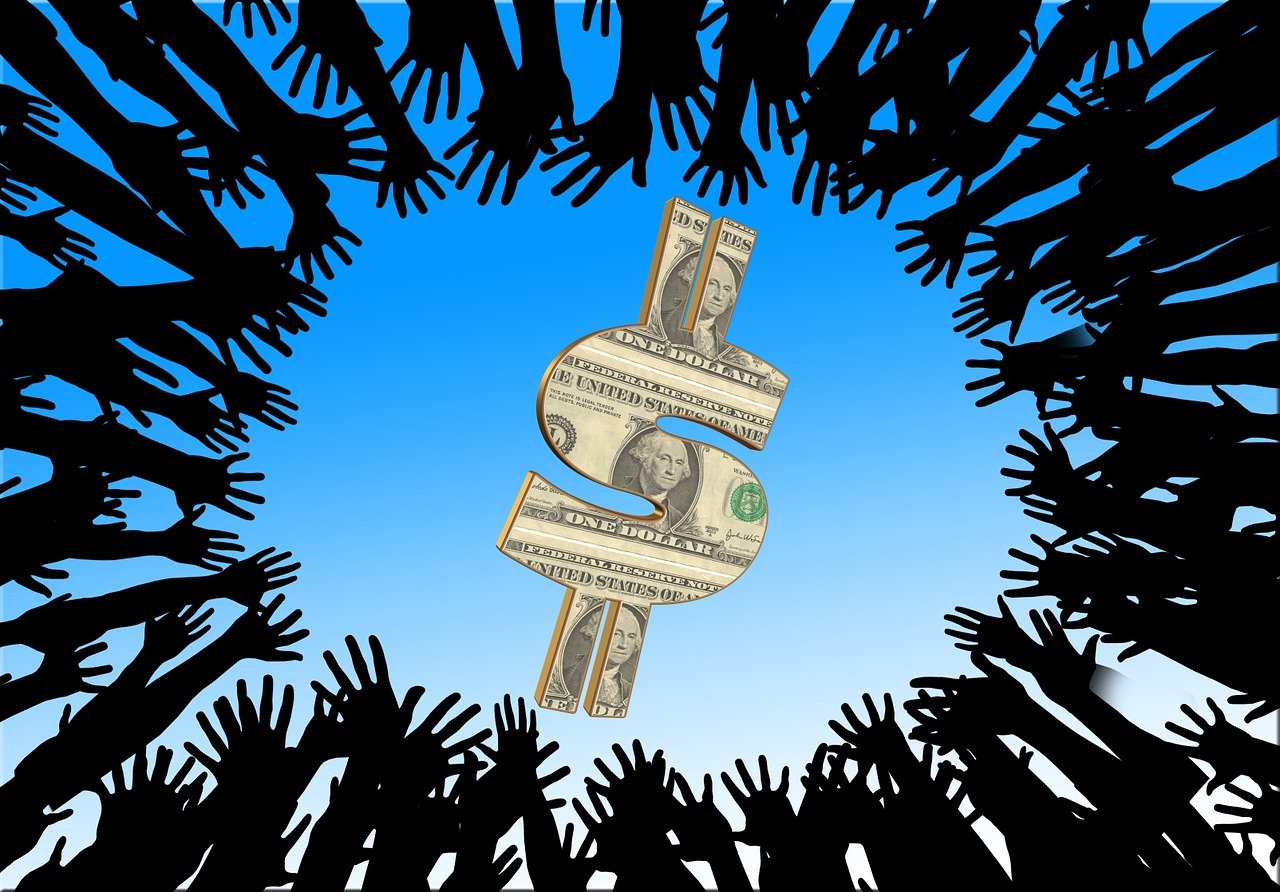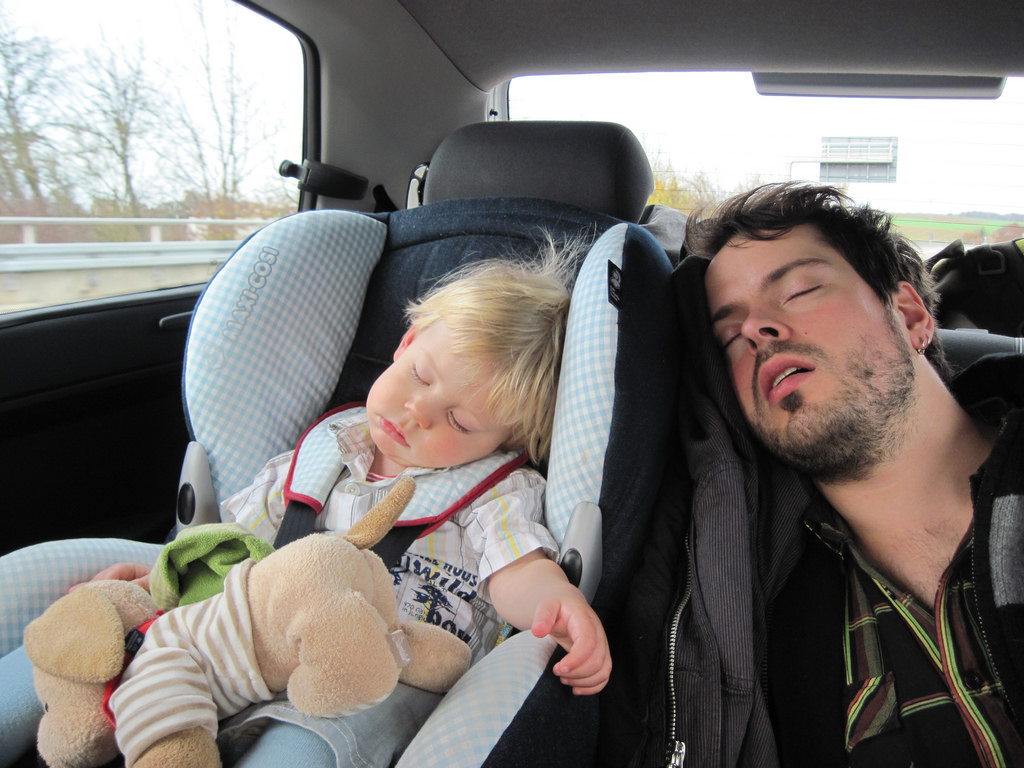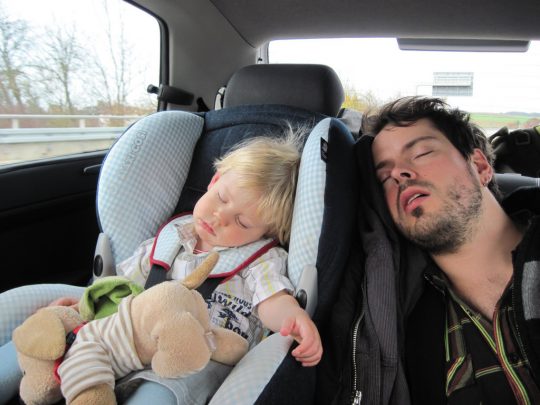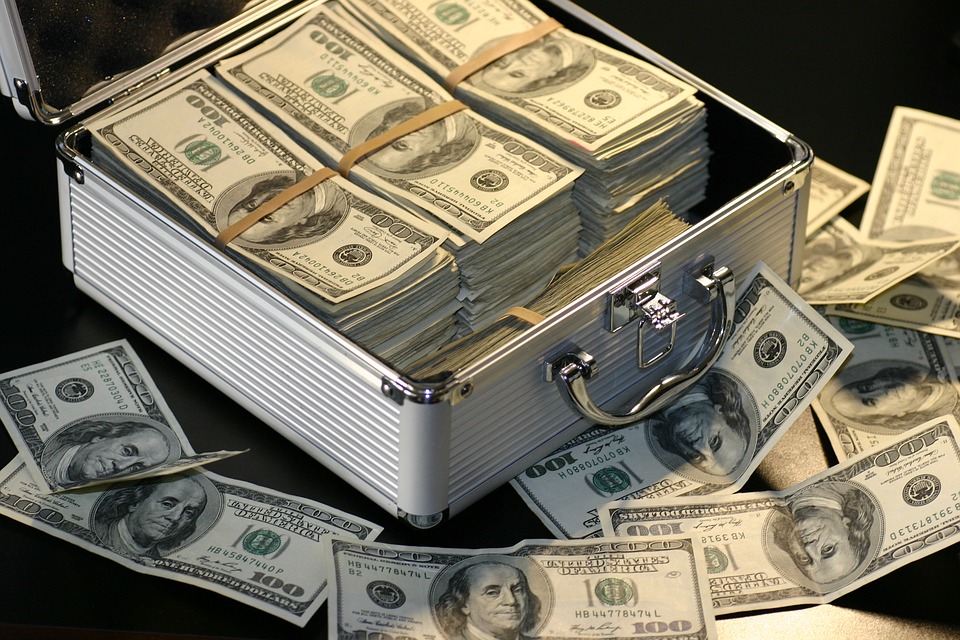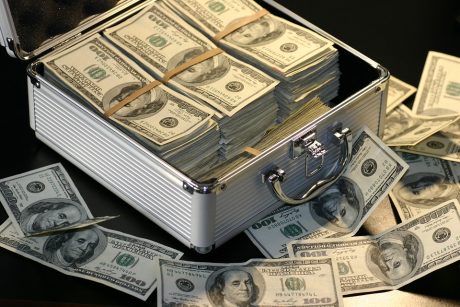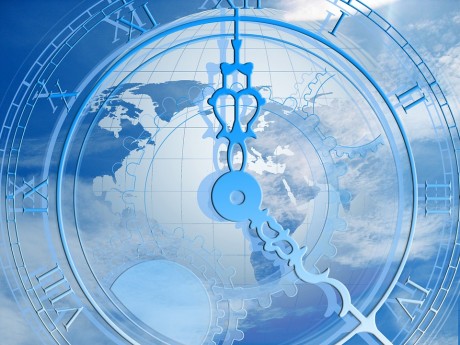 For the wealthy and the ultra-wealthy, happy days are here again. Even though we have just been through one of the most difficult 12 months in our history, the number of billionaires has increased dramatically during this pandemic. That seems rather odd, but there is no denying that the rich have gotten even richer during this crisis. In fact, Forbes revealed this week that the number of billionaires has risen by about 30 percent over the past year…
For the wealthy and the ultra-wealthy, happy days are here again. Even though we have just been through one of the most difficult 12 months in our history, the number of billionaires has increased dramatically during this pandemic. That seems rather odd, but there is no denying that the rich have gotten even richer during this crisis. In fact, Forbes revealed this week that the number of billionaires has risen by about 30 percent over the past year…
The number of newly minted and reissued billionaires soared last year, Forbes reported Tuesday in its annual ranking, a staggering accumulation of personal wealth that stands in sharp contrast with the widespread economic struggles unleashed by the coronavirus pandemic.
The number of billionaires on Forbes’ 35th annual ranking swelled by 660 to 2,755 — a roughly 30 percent jump from a year ago — and 493 of them are first-timers. Seven of eight are richer than they were before the pandemic. Forbes calculates net worth by using stock prices and exchange rates from March 5.
Of course thanks to the reckless policies of our leaders, a billion dollars does not go nearly as far as it once did.
But still, a billion dollars is a whole lot of money.
Needless to say, the biggest reason why the number of billionaires has exploded is because we have been witnessing one of the greatest stock market rallies in history.
A year ago, the Dow Jones Industrial Average was sitting at about 23,000.
Today, it is above 33,000, and some analysts expect it to shoot quite a bit higher throughout the rest of 2021.
Stock prices have never been more detached from economic reality as they have been over the past 12 months, and they have only risen so high because of unprecedented intervention by the Federal Reserve and because of extremely wild spending by the federal government.
Many have warned that the party will inevitably come to a crashing end at some point, but it hasn’t happened yet.
So for now, the market optimists look like champions.
And now that Joe Biden is in the White House, the corporate media is telling us that we are on the verge of a grand new era of American prosperity. The corporate media insists that the pandemic will soon be behind us thanks to the vaccines, and the talking heads on television envision a return to the good old days very quickly.
In fact, Barron’s is already declaring that the “U.S. economy might be stronger than it’s ever been”.
And CNN is trying to convince us that “America’s economy could be heading for a golden era of growth”.
Really?
If the U.S. economy is actually improving, then why are new claims for unemployment benefits going up?…
The number of Americans filing first-time unemployment benefits unexpectedly rose last week, according to the Labor Department.
Data released Thursday showed 744,000 Americans filed first-time jobless claims in the week ended April 3. Analysts surveyed by Refinitiv were expecting 680,000 filings. The previous week’s total was revised higher by 9,000 to 728,000.
If economic conditions were getting better, that number should be going the other way.
Even I didn’t expect a number this bad.
Prior to 2020, the all-time record high for new unemployment claims in a single week was 695,000. That record was established in October 1982, and it stood all the way until the COVID pandemic hit the U.S. early last year.
Sadly, we have been above 695,000 almost every single week since then.
The numbers compiled by the states tell us that nearly three-quarters of a million Americans filed new claims for unemployment benefits last week. That is an absolutely catastrophic number. Nobody should be talking about a “golden era of growth” or claiming that the “economy might be stronger than it’s ever been” until we get that number back down to pre-pandemic levels.
And right now, we are at a level that is about three times as high as pre-pandemic levels.
Look, the truth is that anyone that tells you that unemployment is low in the United States is lying to you.
According to John Williams of shadowstats.com, if honest numbers were being used the unemployment rate in the United States would be 25.7 percent right now.
That is the sort of number that we would expect to see during an economic depression, and the truth is that we are in an economic depression.
Over the past year, more than 70 million new claims for unemployment benefits have been filed, and approximately 4 million U.S. businesses have gone out of existence permanently.
But don’t worry, the stock market is hovering near all-time record highs and the corporate media is telling you that everything is going to be wonderful now that Joe Biden is in control.
Come on man!
You can’t really believe that stuff that they are shoveling.
With each passing day, more Americans are losing their jobs, more Americans are falling out of the middle class, and the cost of living just keeps going up even higher.
In fact, we just learned that global food prices have now gone up for 10 months in a row…
The global food-price rally that’s stoking inflation worries and hitting consumers around the world shows little sign of slowing.
Even with grain prices taking a breather on good crop prospects, a United Nations gauge of global food costs rose for a 10th month in March to the highest since 2014. Last month’s advance was driven by a surge in vegetable oils amid stronger demand and tight inventories, according to Abdolreza Abbassian, a senior economist at the UN’s Food and Agriculture Organization.
I am going to continue to watch global food prices very carefully, because I believe that it will be a very important trend in the months and years ahead.
But for now, the good news is that at least economic conditions are relatively stable.
Yes, things are not nearly as good as they were before the pandemic, but at least they are not getting a whole lot worse.
So even though things are not great, we should enjoy this period of relative stability while we still can, because it definitely will not last.
***Michael’s new book entitled “Lost Prophecies Of The Future Of America” is now available in paperback and for the Kindle on Amazon.***
About the Author: My name is Michael Snyder and my brand new book entitled “Lost Prophecies Of The Future Of America” is now available on Amazon.com. In addition to my new book, I have written four others that are available on Amazon.com including The Beginning Of The End, Get Prepared Now, and Living A Life That Really Matters. (#CommissionsEarned) By purchasing the books you help to support the work that my wife and I are doing, and by giving it to others you help to multiply the impact that we are having on people all over the globe. I have published thousands of articles on The Economic Collapse Blog, End Of The American Dream and The Most Important News, and the articles that I publish on those sites are republished on dozens of other prominent websites all over the globe. I always freely and happily allow others to republish my articles on their own websites, but I also ask that they include this “About the Author” section with each article. The material contained in this article is for general information purposes only, and readers should consult licensed professionals before making any legal, business, financial or health decisions. I encourage you to follow me on social media on Facebook, Twitter and Parler, and any way that you can share these articles with others is a great help. During these very challenging times, people will need hope more than ever before, and it is our goal to share the gospel of Jesus Christ with as many people as we possibly can.


